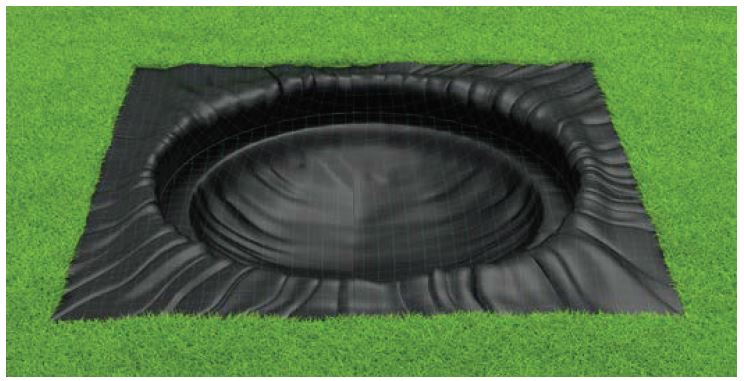IN-GROUND TRAMPOLINE INSTALLATION
In order to achieve the best trampolining experience that will keep you fit and energized, please read these assembly instructions and safety recommendations thoroughly to minimize any chances of injuries. Safety comes first!
Akrobat in-ground trampolines are built to last. Made of the best quality European materials and as a result of skilled craftsmanship, your trampoline will serve you for years to come.
Below find a simple guide to installation. It’s best; however, to download the full PDF guides here:















